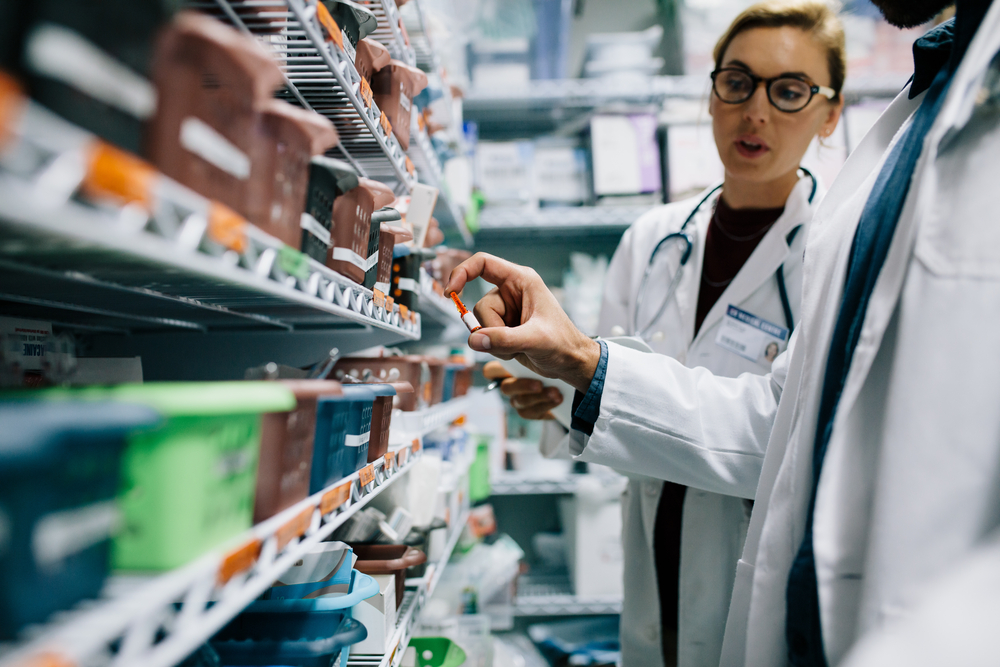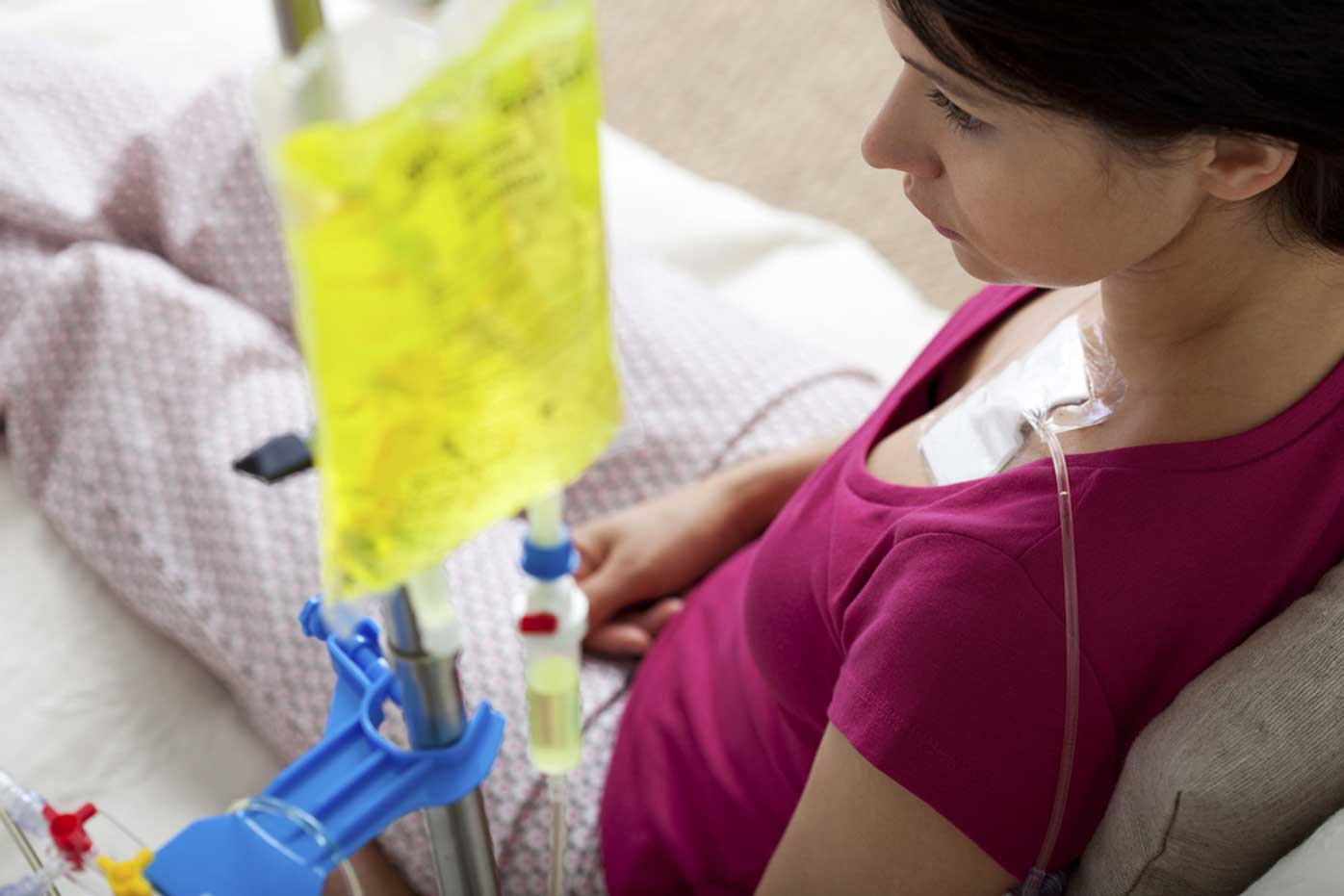Hospitals are struggling with shortages of cancer drugs – a
challenge with complex causes and direct consequences for insurers.
Worldwide, an estimated 18.1 million people were diagnosed with cancer in 20181, with this figure projected to increase to 21.6 million cancer cases by 2030.2 The growing number of cancer patients is putting pressure on the demand for chemotherapy drugs, such as cisplatin and carboplatin.
Long delays in the authorization of novel drugs and manufacturing issues with non-U.S. suppliers can compound this problem. Many patients are now facing treatment delays, which can impact their survival.
Cost of cancer care
The cost of cancer treatment can be crushing, particularly for the uninsured. In 2020, the U.S. spent over $200 billion on cancer care, with costs expected to increase to $245 billion by 2030. Also in 2020, an estimated 31.6 million U.S. citizens (9.7% of the population) had no health insurance. Patients can end up borrowing money and using savings or credit cards to help pay for the cost of treatment. For example, the cost of osimertinib (TAGRISSO), used in the treatment of non-small cell lung cancer, is around $18,000 a month in the United States, and the drug is invariably financially unobtainable for those with inadequate insurance cover.3 However, even insured patients suffer financial difficulties due to both the lack of access to affordable drug therapies and the burdens of high deductibles, loss of earnings, and personal costs associated with cancer care. 4
Having sufficient insurance coverage is particularly important for cancer survivors. Even after remission, these individuals must continue to pay for maintenance treatment. Many may require additional support to live with long-term side effects and pay for ongoing check-ups. Appropriate insurance coverage has been shown to increase access to preventative cancer screening and improve overall cancer outcomes.4
Medicare, the health insurance program for U.S. citizens aged 65 and over, cannot currently negotiate drug prices, but this will change in 2026 following the passage of the Inflation Reduction Act. Proponents expect drug price negotiation to provide financial relief for millions of Americans and increase access to affordable treatments.5

Cancer drugs supplies
Treatment expense is only one challenge confronting cancer patients. Many cancer treatment centers are now reporting a shortage of widely used cancer drugs because of increasing demand and a shortfall in production. Manufacturers have been unable to sustain output due to the rising costs of raw materials, poor financial returns, and quality control issues.3 In the first quarter of 2023, there were 301 national drug shortages in the United States.6 Supplies of chemotherapy drugs cisplatin and carboplatin have both been affected this year, and many generic forms of brand-name chemotherapy drugs are no longer manufactured or simply aren’t locally available.1
Other drug shortages include doxorubicin, used in the treatment of breast cancer, leukemia, and lymphomas; 5-fluorouracil (5-FU), used to treat colorectal cancers; and paclitaxel, used to treat pancreatic, ovarian, and esophageal cancers. These shortages have alarmed oncologists, some of whom have been forced to ration doses for patients with curable cancers.7 Several U.S. cancer centers have responded by switching patients to other treatments, altering the order in which patients receive treatment, or treating patients with reduced dosages. By the end of May 2023, supplies of carboplatin declined to a degree that most U.S. National Comprehensive Cancer Network (NCCN) centers were unable to meet demand. Similar supply issues emerged for cisplatin, with two-thirds of centers reporting no more than a three-week supply on hand. A quarter of centers were also experiencing shortages of 5-FU.8 To help ease cisplatin shortages, the U.S. Food and Drug Administration (FDA) temporarily agreed to import foreign-approved drug versions from FDA-registered factories.6
To complicate matters further, hospitals are also struggling with a shortage of oncologists to treat increasing numbers of cancer patients. To meet the demand for care, some researchers project a need for 40% more trained oncologists, yet the current growth rate is only 5%.9
Access to cancer drugs remains unequal in countries around the world. Treatment availability is not only hindered by price but also by the duration between the date of first marketing authorization (usually in the U.S.) and coverage decision in a given country, ranging anywhere from one to 66 months (more than five years).10 Patients living in low- and middle-income countries do not have access to over 50% of drugs listed on the World Health Organization (WHO) Essential Medicines List (EML). The EML acts as a guide for WHO-member states to create their own national lists, making these drugs accessible, affordable, and available.5
The most recent 2021 EML lists minimum medicine needs for a basic healthcare system. For example, cisplatin is listed as an essential medicine in the treatment of cervical cancer, head and neck cancer, low-grade glioma, nasopharyngeal cancer, non-small cell lung cancer, osteosarcoma, ovarian germ cell tumors, and testicular germ cell tumors.11 However, an analysis of 135 countries found that only 10% provided all 25 essential cancer medicines from the EML, and only 37% made available at least 20 essential cancer medicines.1





